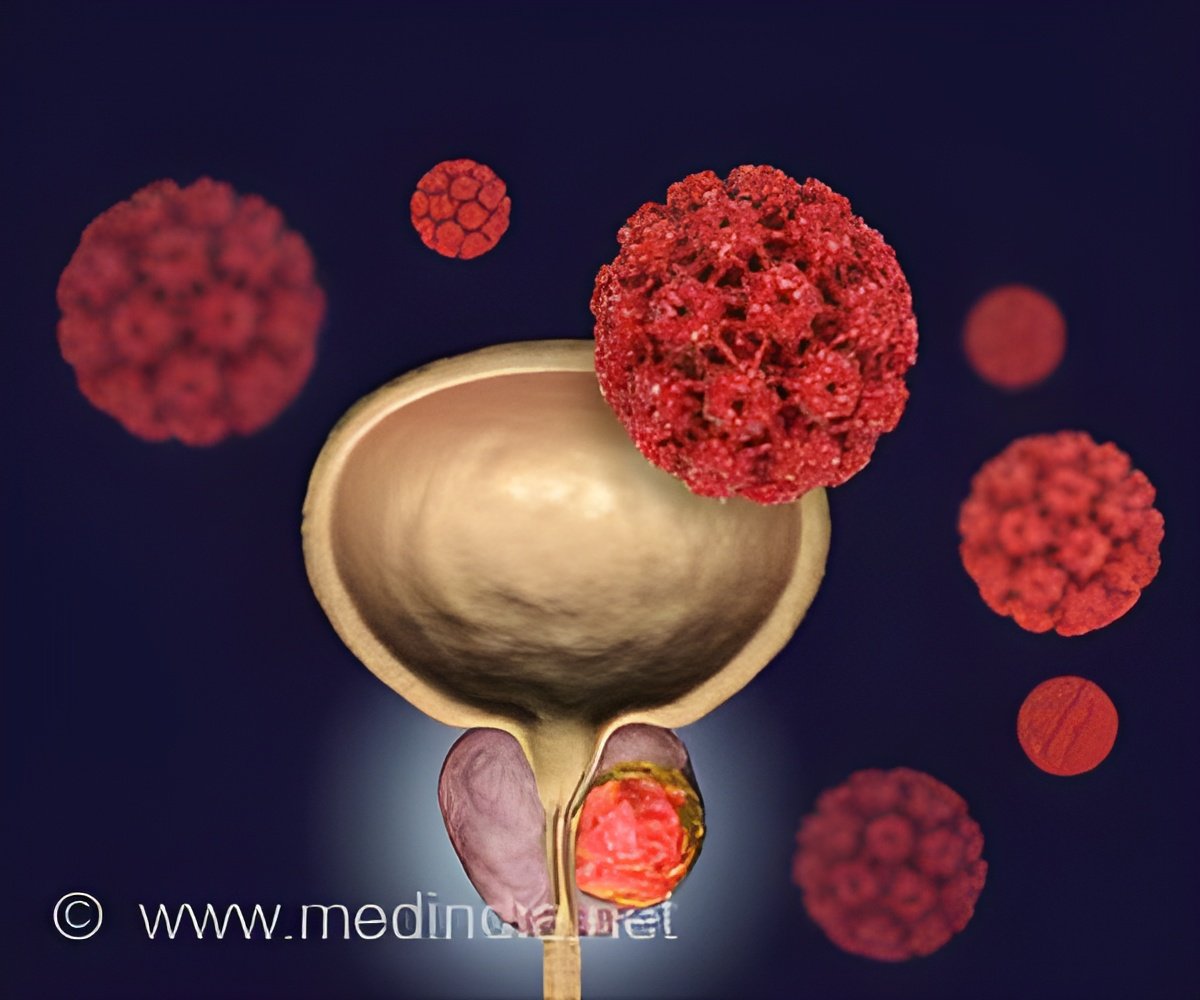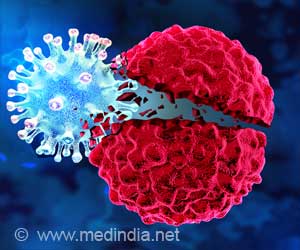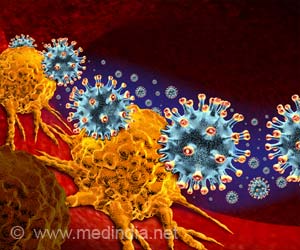Certain linked molecules outside this traditional framework can maintain drug-like properties and gain new mechanisms of action.

Through a combination of functional genomics and chemical methods, the scientists uncovered an endogenous pathway involving interferon-induced transmembrane (IFITM) proteins that promote the cellular uptake of diverse linked chemotypes. These proteins are found in plasma membranes and often provide cellular resistance to viruses.
Most traditional pharmaceuticals are small molecules that follow simple molecular rules, including limits on the molecular size and number of sticky chemical groups on the molecule’s surface. Many key drug targets, such as kinase enzymes often involved in cancer, are difficult to selectively target with traditional drugs.
“There are over 500 human kinase enzymes that are very similar in the pocket where the drug binds, making it a challenge to selectively target a single member of this family and leading to undesirable medication side effects,” explains the study’s first author, Kevin Lou.
Targeted Therapy for Cancer
There are many important intracellular drug targets that researchers have been unable to target with small, compact, and rigid molecules. To address this challenge, scientists have taken to linking multiple ligands into a single chemical entity (a linked chemotype). These linked chemotypes can have enhanced potency, greater selectivity, and the capacity to induce the association of more than one target.“Given this discrepancy between the favorable biological activity of many large, bivalent molecules and traditional concepts of passive permeability, we inferred that linked chemotypes might hijack cellular processes to assist with passage through the cell membrane,” wrote Lou. We selected as an example a bitopic inhibitor of mTOR, RapaLink-1, whose molecular weight falls well beyond common guidelines.”
The team designed two new linked drugs that they hypothesized might take advantage of this cellular entry pathway. They generated DasatiLink-1 through a linker-joined combination of two known inhibitors of the leukemia protein BCL-ABL1, known as dasatinib and asciminib. Since each drug binds to a distinct pocket on the target protein, the researchers reasoned that the linked version could affix itself to two points of contact like a two-pronged key inserting into two locks, enhancing its specificity and effectiveness.
Advertisement
“Linked inhibitors that require a multi-pronged binding mechanism are much more selective,” Lou explains. “They offer substantial advantages as long as they can enter cells efficiently.”
Advertisement
Source-Eurekalert















